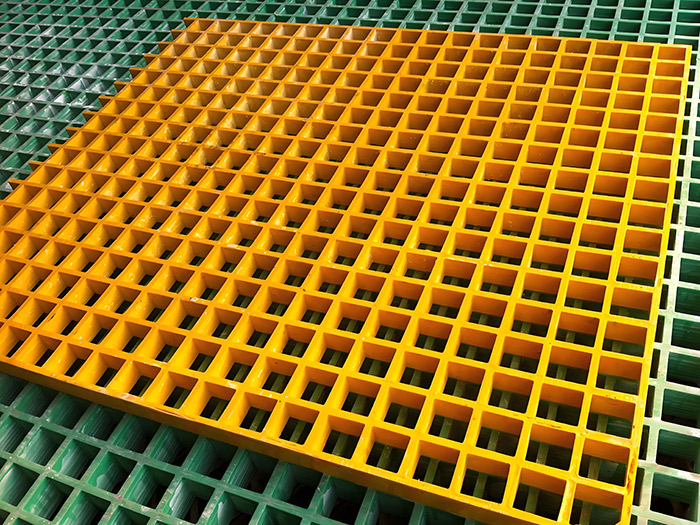FRP Structures System Manufacturers and Suppliers: Leading Global Providers and Suppliers
Fiber Reinforced Polymer (FRP) structures have become increasingly popular in various industries due to their lightweight, high-strength, and corrosion-resistant properties. These structures are used in construction, transportation, marine, and industrial applications. As the demand for FRP structures grows, the role of manufacturers and suppliers becomes crucial. Who are the leading global providers in this field, and what makes them stand out? What questions should potential buyers consider when selecting a supplier? This article explores these questions and provides insights into the FRP structures market.
What Are FRP Structures?

FRP structures, also known as composite structures, are made from a combination of fibers (such as carbon fiber or glass fiber) and a polymer matrix (like epoxy or polyester resin). These materials offer several advantages over traditional construction materials, including:
- Lightweight: FRP structures are significantly lighter than steel or concrete, reducing transportation and installation costs.
- High Strength: Despite their lightweight nature, FRP structures possess high tensile and compressive strengths.
- Corrosion Resistance: Unlike metals, FRP structures do not rust or corrode, making them ideal for harsh environments.
- Durability: FRP structures have a long lifespan and require minimal maintenance.
Given these benefits, it’s no surprise that industries are increasingly adopting FRP structures for various applications.
Who Are the Leading Global Providers?
Several companies specialize in manufacturing and supplying FRP structures, each offering unique products and services. Some of the leading global providers include:
-
Advanced Composites Group (ACG): ACG is a renowned manufacturer of FRP structures, supplying solutions for the aerospace, marine, and construction industries. Their products are known for their high performance and durability.
-
Oceaneering Corporation: Specializing in marine applications, Oceaneering Corporation provides a wide range of FRP structures for offshore platforms, fishing vessels, and recreational boats.
-
Mitsubishi Chemical Holdings: This Japanese company is a leading supplier of FRP materials and structures, offering innovative solutions for the construction and automotive industries.
-
Hexcel Corporation: Hexcel is a global leader in advanced composites, providing high-quality FRP structures for aerospace and automotive applications.
-
Chengdu Aerospace Composite Materials Co., Ltd.: Based in China, this company is a major supplier of FRP structures for the aerospace and defense sectors.
These companies stand out due to their commitment to innovation, quality, and customer satisfaction. They invest heavily in research and development to create cutting-edge FRP solutions tailored to specific industry needs.
What Questions Should Buyers Consider?
When selecting an FRP structures supplier, potential buyers should consider the following questions:
-
Quality Assurance: Does the supplier have a robust quality control system in place? Certifications such as ISO 9001 are indicators of a supplier’s commitment to quality.
-
Customization: Can the supplier provide customized FRP structures to meet specific project requirements? Flexibility in design and production is crucial.
-
Experience and Reputation: How long has the supplier been in business, and what is their reputation in the industry? Customer testimonials and case studies can provide valuable insights.
-
Pricing and Lead Times: What are the pricing structures and lead times for the supplier’s products? Transparent communication about costs and delivery schedules is essential.
-
Technical Support: Does the supplier offer technical support and after-sales services? Comprehensive support can make a significant difference in project success.
Sharing Insights
When working with FRP structures suppliers, it’s beneficial to share insights and experiences with peers. For instance, a construction company that successfully implemented FRP structures in a bridge project can provide valuable feedback to other potential buyers. Similarly, a marine company that uses FRP hulls can share their maintenance and performance experiences. Such sharing not only helps others make informed decisions but also fosters a collaborative industry environment.
Conclusão
FRP structures are revolutionizing various industries with their superior properties and versatility. Leading global providers and suppliers play a critical role in meeting the growing demand for these structures. By considering key questions and sharing insights, potential buyers can make informed decisions and select the right supplier for their needs. As the industry continues to evolve, innovation and collaboration will be key to driving further advancements in FRP structures.







